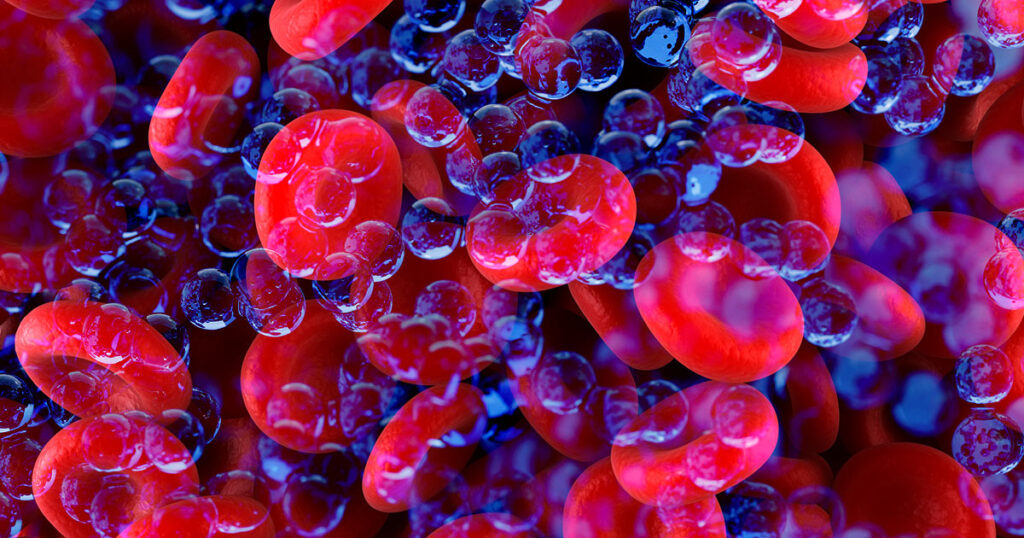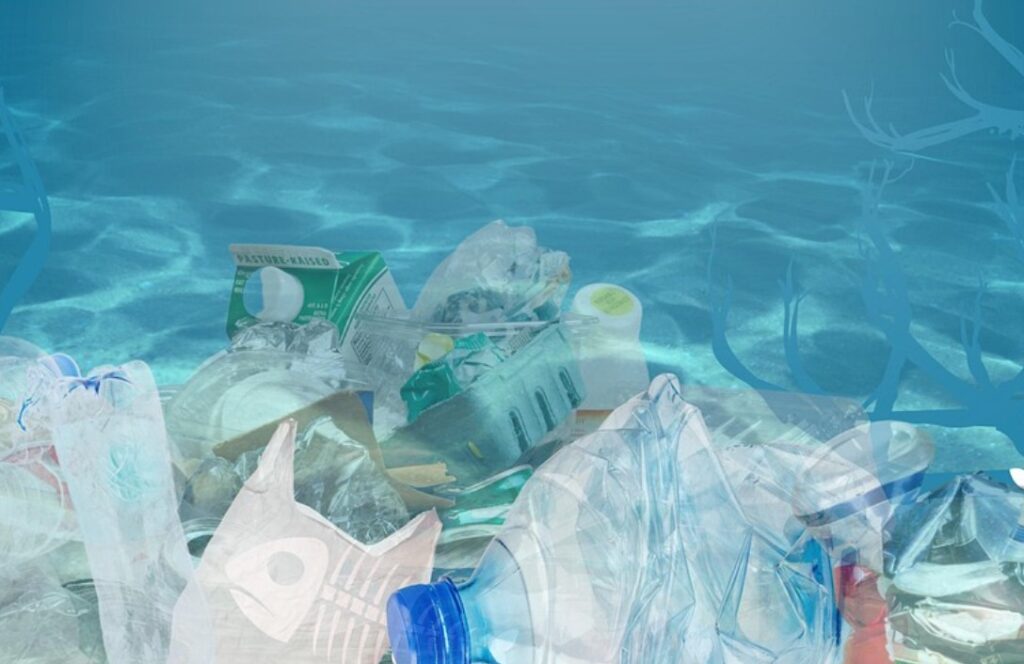On average, a full truckload of plastic enters the world’s oceans every minute and floats in the water. However, a large proportion of this also sinks into the depths: it is estimated that there are already three to eleven million metric tonnes of plastic waste at the bottom of the oceans today, according to a study by the Australian science agency Csiro and the Canadian University of Toronto.
With the help of remotely operated underwater vehicles (ROVs), it was possible for the first time to quantify approximately how much plastic waste ends up on the seabed and where exactly it accumulates before it is broken down into smaller pieces and mixed with the marine sediment, said Csiro researcher Denise Hardesty.
“We know that millions of tonnes of plastic waste end up in our oceans every year, but what we didn’t know until now was how much of this pollution ends up on the seabed,” she explained. While there have been estimates of microplastics in the past, the new study looks at larger items such as nets, cups, or plastic bags.
Seabed as a plastic reservoir
As plastic consumption is expected to double by 2040, understanding how and where plastic waste is transported in the sea is crucial for the protection of marine ecosystems and wildlife, according to the study, which has now been published in the journal “Deep Sea Research Part I: Oceanographic Research Papers”.
Plastic pollution on the seabed could be up to 100 times greater than the amount of plastic floating on the ocean surface, according to estimates, said Alice Zhu, a doctoral student at the University of Toronto who led the study. The bottom of the oceans has thus become a long-term resting place or reservoir for much of the plastic pollution. “This is exacerbated by the extremely slow degradation of plastic in cold environments where there is a lack of both oxygen and UV radiation,” the study says. According to the results, around half (46 percent) of the estimated plastic mass is found above 200 metres of water depth, with the rest (54 percent) in the following ocean depths of up to 11,000 metres.
- source: sueddeutsche.de/picture: Bild von Rosy / Bad Homburg / Germany auf Pixabay
This post has already been read 1859 times!



